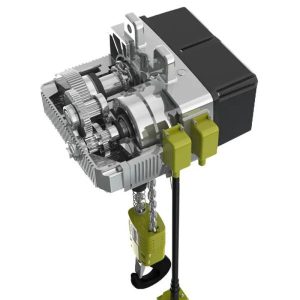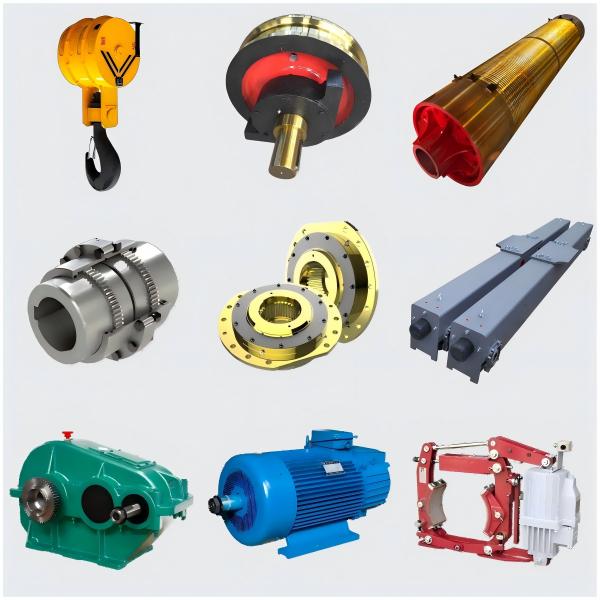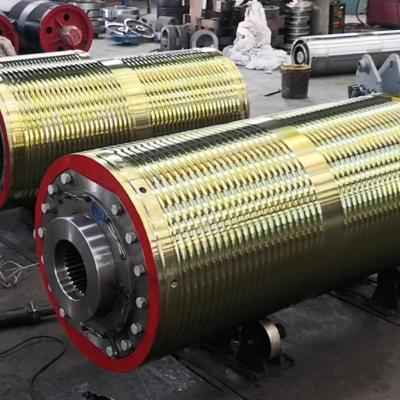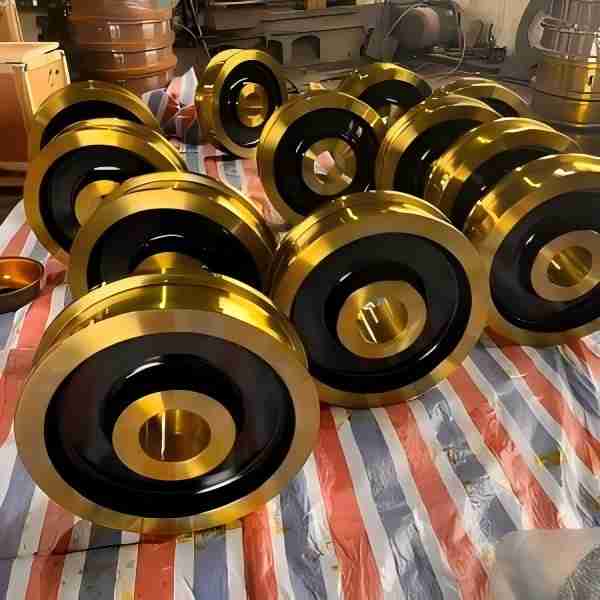When selecting a hoist for your crane, the choice usually comes down to wire rope hoists and chain hoists. Both serve the same purpose—lifting heavy loads—but they differ in design, capacity, and applications. Understanding the differences helps buyers choose the right solution for their industry.
Wire Rope Hoist
Wire rope hoists use steel ropes wound around a drum to lift loads.
Advantages:
-
High lifting capacity (up to hundreds of tons).
-
Smooth and fast operation.
-
Suitable for heavy-duty industries such as steel plants, shipyards, and construction.
Limitations:
-
Higher initial cost.
-
Requires more maintenance.
Chain Hoists
Chain hoists use alloy chains for lifting and are generally more compact.
Advantages:
-
Lower cost.
-
Easy to install and maintain.
-
Ideal for light to medium loads in workshops and warehouses.
Limitations:
-
Limited lifting capacity compared to wire rope hoists.
-
Slower lifting speed.
How to Choose
If your operations involve heavy-duty, high-frequency lifting, a wire rope hoist is the best option. However, if you need a cost-effective solution for lighter loads, a chain hoist may be sufficient.
HL CRANE’s Hoist Solutions
HL CRANE provides both electric wire rope hoist and electric chain hoists. All our hoists comply with FEM standards, ensuring safety and durability. Moreover, we supply OEM solutions for single girder, double girder, and customized cranes.
Both wire rope hoists and chain hoists have their strengths. The right choice depends on your load requirements, budget, and application. HL CRANE offers a full range of hoists to match diverse industrial needs. Visit www.hnhlcrane.com for details.






